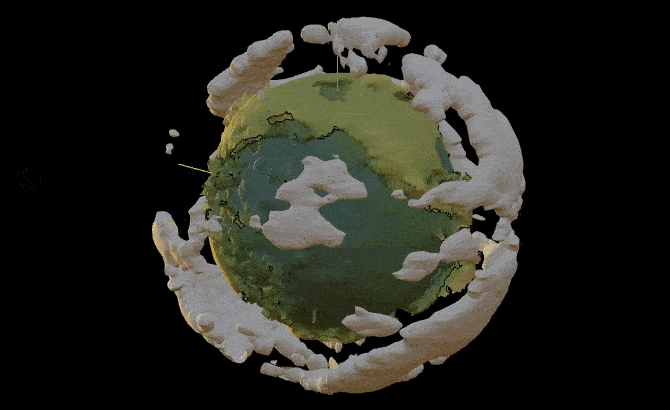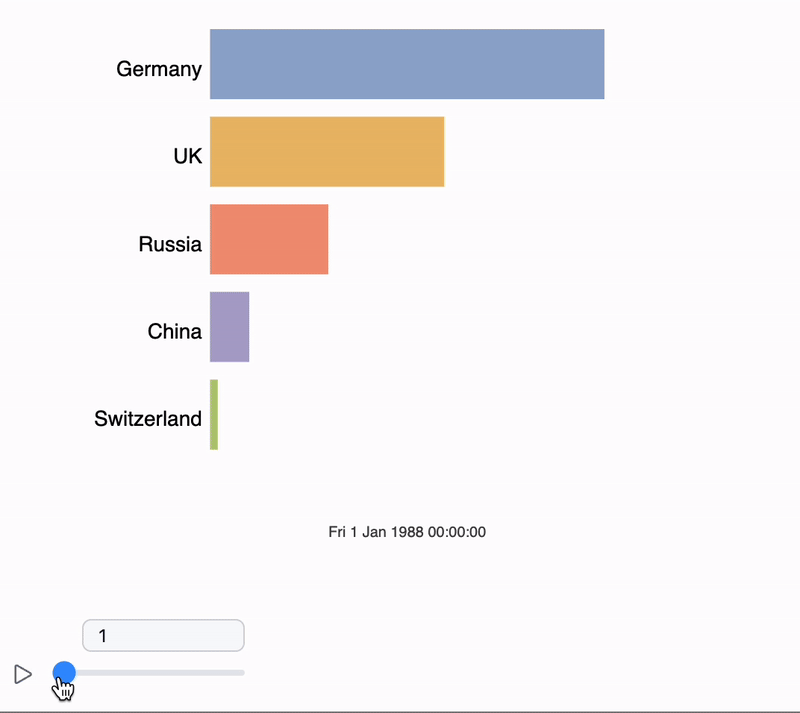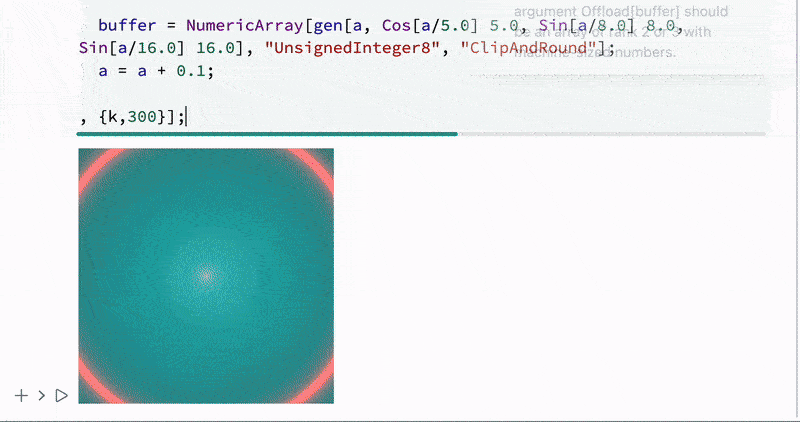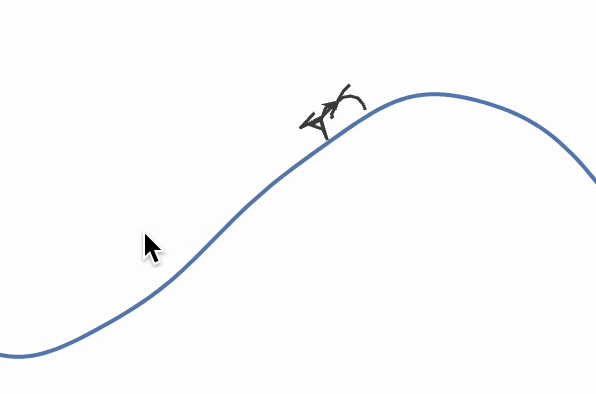This notebook delves into quantum mechanics with a focus on symbolic quantum operators and spin-Hamiltonians. It begins with setting up orthogonality rules and defining the linear properties of basis functions.
Next, we investigate the spin-Hamiltonian for a cubic system with doubly degenerated orbital states, particularly focusing on Fe2+ ions in cubic spinels with 5Eg states. The Hamiltonian for a paramagnetic state is presented and implemented in code, followed by defining basis vectors and functions to find eigenvalues and eigenvectors, and calculating thermal averages of quantum operators.






